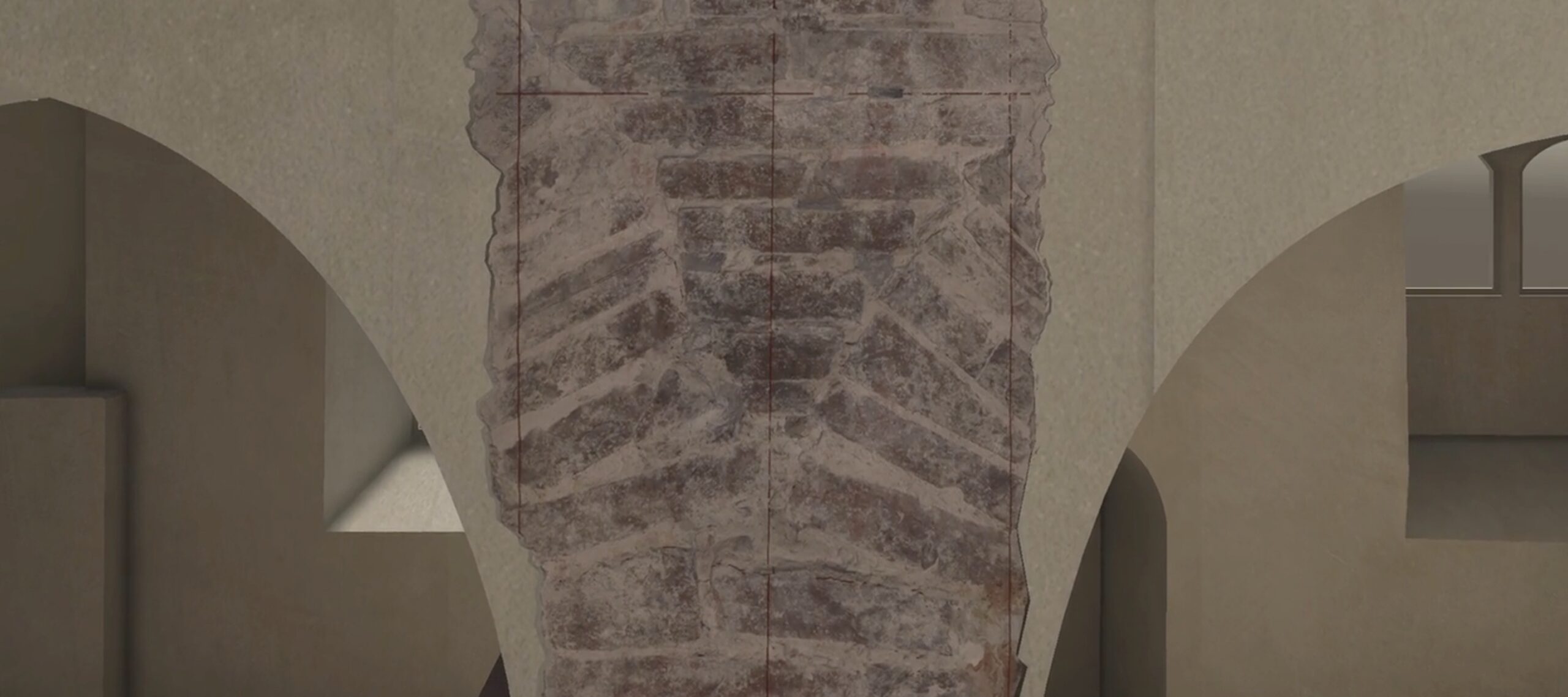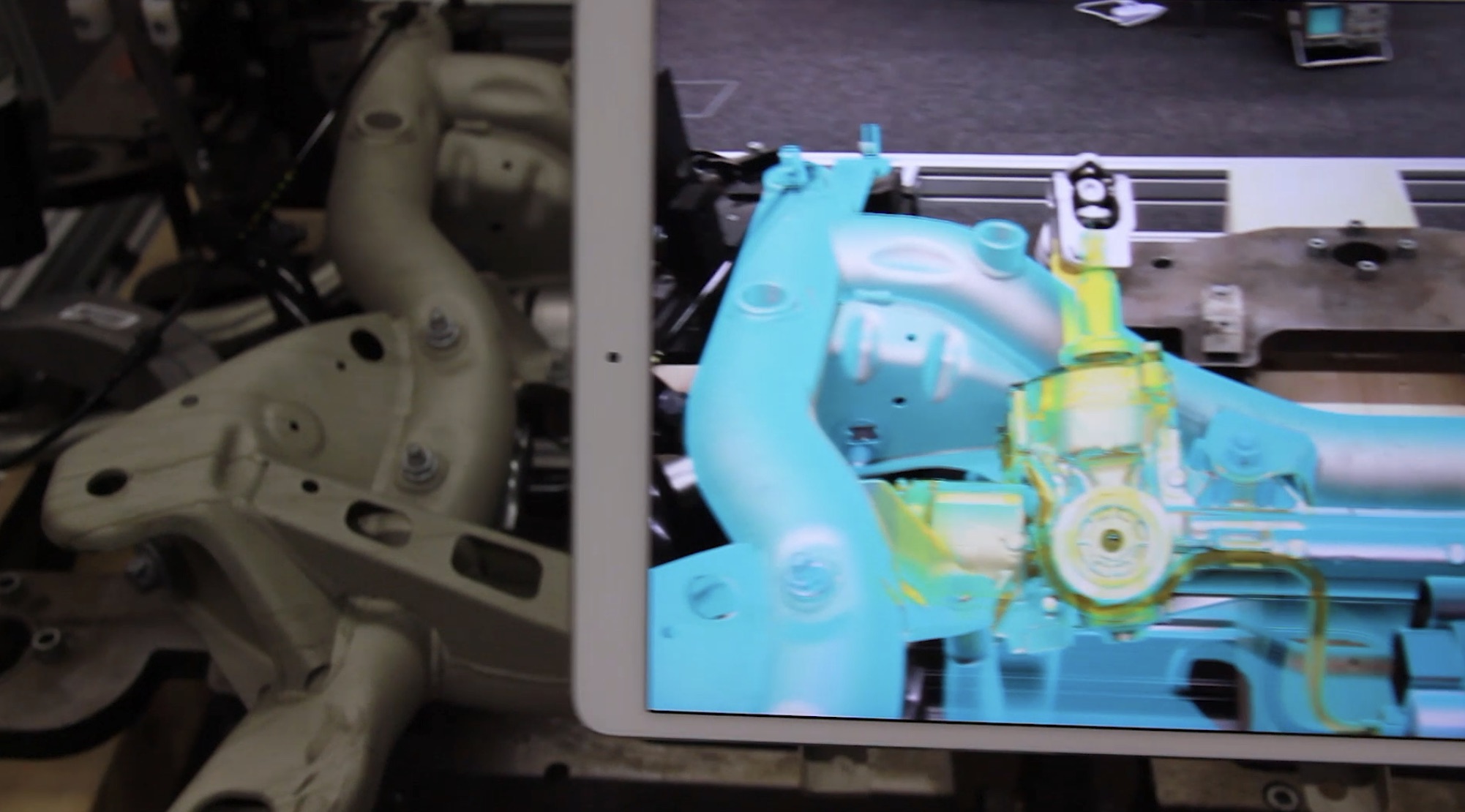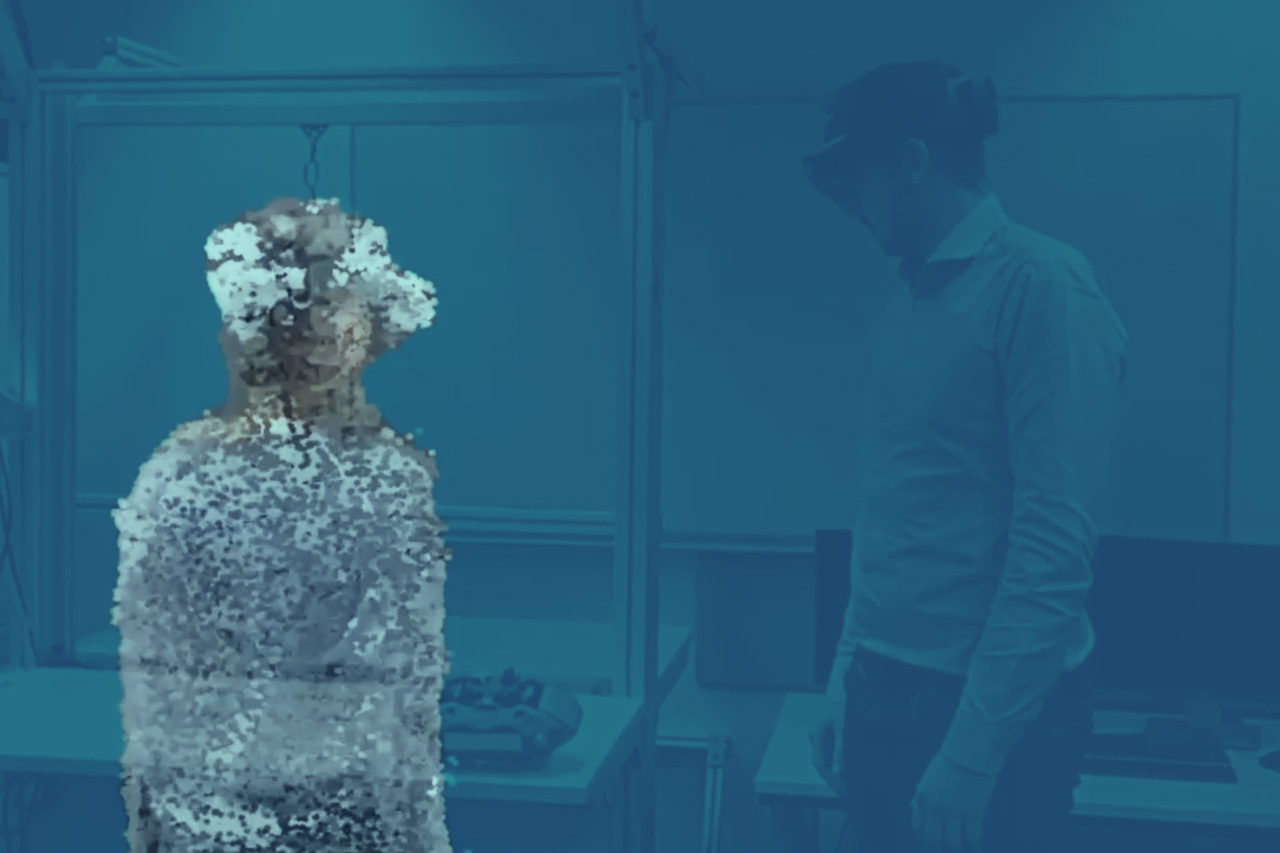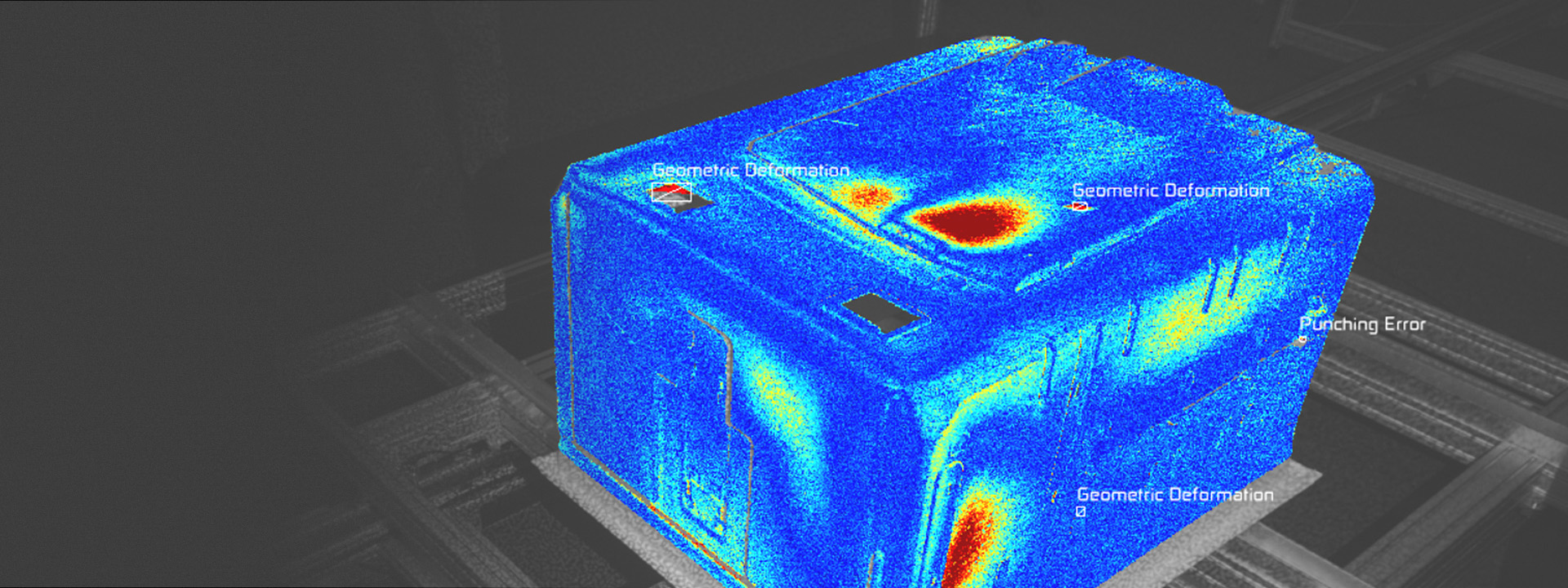Traditional media fall short when it comes to conveying space, process, and presence. A flat screen simply cannot capture the depth of an industrial environment, the detail of a workflow, or the atmosphere of a historic site. Instructions remain abstract, training feels disconnected from reality, and cultural heritage loses the emotional impact that makes it truly memorable.
With immersive Virtual Reality, we change the way people learn, explore, and experience. Users step directly into a three-dimensional world where space and scale make sense at a glance. Natural interaction through controllers or hand tracking transforms abstract instructions into real actions, building confidence through practice. Because everything runs directly in the browser, there is no complicated setup — just open a link and step inside. Multi-user sessions and trainer tools make it easy to collaborate, learn together, and guide participants in real time.
The results speak for themselves. Training becomes engaging and effective, with learners retaining knowledge faster and applying it more confidently. Industrial processes can be visualized, rehearsed, and optimized without the risks and costs of real-world testing. And cultural heritage comes alive in ways that photos and videos never could, offering audiences the chance to experience the past as if they were truly there.
Immersive VR isn’t just another tool — it’s a way to make complex information tangible, accessible, and unforgettable.





